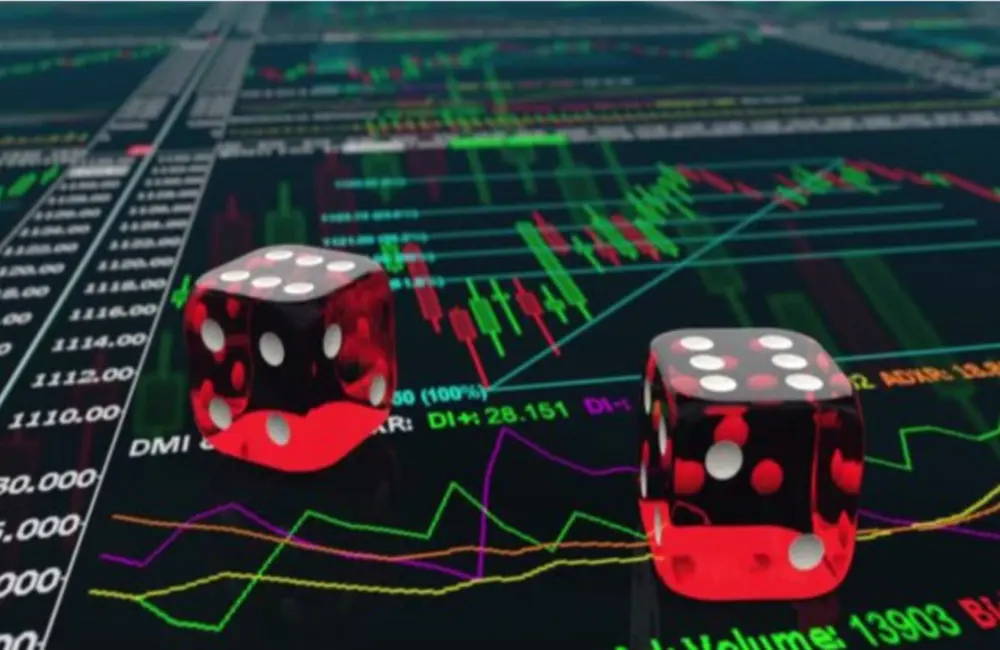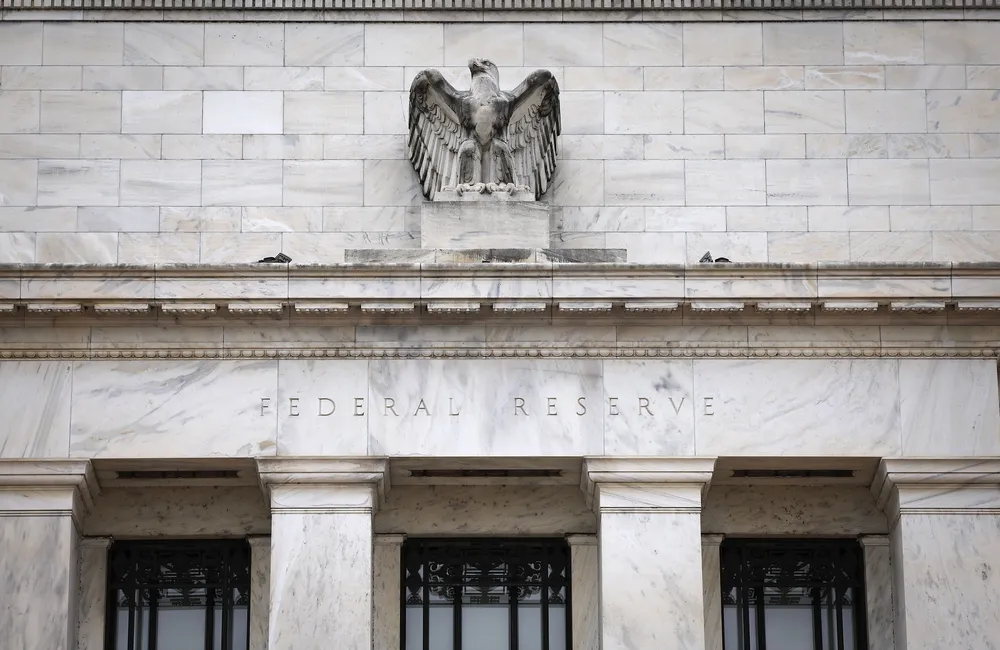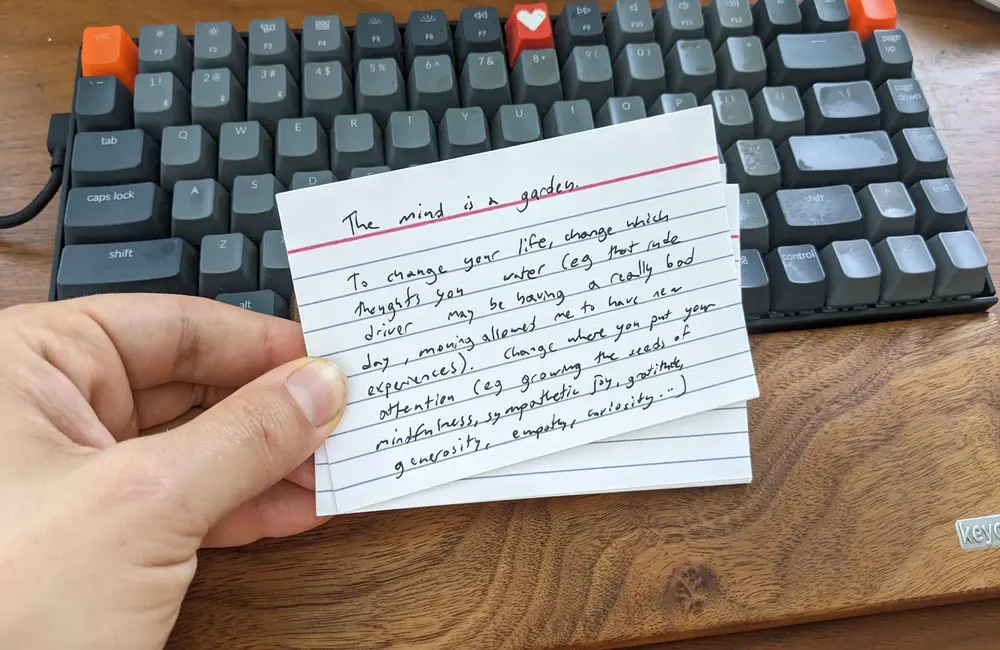ASX futures were up 10 point or 0.1% to 7226 about 8.30 am AEST, indicating a positive start to trade.
Stocks surrendered early gains and edged lower in the US, continuing a recent stretch of losses that have dragged major indexes down to start the year.
The tech-heavy Nasdaq Composite Index lost 1.15% and ended the day 10.5% below its all-time closing high of last November. Stock indices are in correction when they fall more than 10%.
The S&P 500 fell 1%. The benchmark gauge fell 1.8% Tuesday, the second drop in three trading days. The Dow Jones Industrial Average lost 1 percent, as well.
The S&P/ASX 200 lost 1.0% at the finish, falling through the afternoon on weakness in financial and technology stocks. It closed at 7332.5.
The benchmark had tracked US indexes lower, plunging steeply at the open but rallying to be 0.3% lower after lunch. But it dropped sharply for its lowest close since 20 Dec.
The heavyweight financial sector lost 1.35% and dragged down banks ANZ, Westpac, NAB, Commonwealth and Macquarie by between 0.7% and 4.1% after disappointing pre-Christmas payroll figures.
Megaport fell 16 per cent after its 2Q trading update while Afterpay lost 2.2 per cent, with US technology stocks, including its buyer Block, leading losses overnight.
BHP reported that production dropped 4% year-on-year 1H FY2022 due to lower copper and metallurgical coal volumes. Shares reacted calmly to the news, falling 0.3%. The report followed Rio Tinto's failure Thursday to meet analysts' fourth-quarter expectations and weak outlook.
Foreign stock markets were mixed after a selloff on Wall Street on Tuesday. The Stoxx Europe 600 was 0.2 percent higher, as advances for retail and resource stocks outweighed declines for food, drink and insurance companies. Asian stocks were in a firing line, with Japan’s Nikkei 225 sliding by 2.8%. Australia’s S&P/ASX 200 index lost 0.3%.
Commodities
Gold futures were up 1.7% at $US1842.4 per barrel and $US70 an ounce; Brent crude gained 0.6% to $US88.07 a barrel on concern of supply disruptions in Russia and the Middle East.; Iron ore climbed for a second day, gaining 2.3 per cent to US$130.20 a tonne.
In bond markets, the yield on Australia’s 10-year bond rose to 1.99%, while the benchmark 10-year U.S. Treasury yield dipped to 1.85%.
The Aussie was fetching 72.19 US cents around 8. AEST, from 71.82 at the previous close. The WSJ Dollar Index, which measures the US dollar against 16 other currencies, was down to 89.41.
Asia
Chinese stocks finished lower, weighed down by lithium producers and related battery-related companies on indications of inadequate inventory stockpiling in the downstream, according to Daiwa Capital Markets. In the short term, this could push up lithium prices and keep them high given ongoing supply problems, it added. Ganfeng Lithium and Tianqi Lithium tumbled 4.9% and 5.9%, respectively, while CATL lid 2.9%. Other laggards included car makers BYD Co., off 4.9% and Great Wall Motor which ended down 3.2%. The Shanghai Composite Index fell 0.3%, while the Shenzhen Composite Index fell 0.9% and the ChiNext Price Index lost 2.2%.
Hong Kong stocks closed modestly higher as they showed signs of small recovery after dropping for two consecutive sessions earlier in the week. The benchmark Hang Seng Index was up 0.1%. Gains were led by Chinese property developers, whose sector recovered from sharp declines over the previous couple of sessions when weak Dec housing price data weighed on investor sentiment. Country Garden Services surged 8.4% while its parent Country Garden climbed 8.3%. China Overseas Land and Investment gained 4.9%, and Longfor rose 4.4%. The financial sector put in another supportive performance, with banks and insurers keeping in the green after Beijing indicated more monetary easing. China Merchants Bank gained 2.1%, while AIA Group rose 1.9%.
Japanese stocks closed mostly lower, weighed by selling of electronics and shipping shares, as concerns linger that the Fed may raise rates quicker than previously expected. Sony Group dropped 13 percent after Microsoft agreed to acquire Activision Blizzard. The Nikkei Stock Average fell 2.8%. Advisers are looking for US economic data as they check how fast the Fed might need to raise rates.
Europe
European stocks open higher after shrugging off overnight losses in China and Japan and lacklustre trading on Wall Street. The pan-continental Stoxx Europe rose 0.2 percent.
“Having gotten off to a weak start following a big sell-off in Asia markets, European markets started the day on the back foot today,” the analyst CMC Markets Michael Hewson says in a note. “With the day in full flow, though, all those early losses have evaporated, helped by a series of decent trading updates and a bounce in basic resources, boosted by higher metal prices.”
In London, the FTSE 100 was up 0.3%.
Gains across the continent pushed bond markets to record highs Wednesday, with the most closely observed government bond yield in Europe going positive for the first time since 2019. The yield on 10-year German bund climbed to as much as 0.021% on Wednesday after spending more than 30 months in negative territory. Ten-year UK yields, by contrast, hit their highest level since March 2019 on data showing inflation at a 30-year high.
North America
Stocks in the United States lost early gains and fell, continuing a recent string of losses that have dragged major indexes lower early in the year.
The technology-heavy Nasdaq Composite Index withdrew 1.15 percent and closed the day 10.5 percent below its all-time closing high from last November. A fall of more than 10% is known as a correction for a stock index.
The S&P 500 fell 1%. The benchmark gauge fell 1.8% Tuesday, the second drop in the past three days of trading. The Dow Jones Industrial Average dropped 1 percent as well.
Wednesday’s trading added to a rocky stretch for the major indexes, with stocks giving back some of their earlier gains. In the first weeks of January, many investors have begun unloading shares of technology companies and piling into other parts of the market, betting that interest rates will soon rise. Some investors are bracing for the possibility of the Covid-19 pandemic becoming endemic.
Investors have ramped up bets that the Federal Reserve and other big central banks will tighten monetary policy in the coming months, removing a pillar of support for markets. Growing prospects for interest-rate increases come after signs that the scourge of inflation has widened beyond the supply-chain shock that underpinned price gains throughout much of 2021.
Recent turbulence is “really all about inflation and how aggressive central banks are going to be to counter it,” said Brian O’Reilly, head of market strategy at Mediolanum Asset Management, who added that inflation could also dampen economic growth by stinging consumption. “There’s no doubt the market is nervous right now,” he said.
And so many investors have moved away from what was one of the hottest parts of the market: tech. The Nasdaq Composite has dropped 8 percent so far this year, a sharper fall than the S&P and Dow.
Prices of government bonds rose Wednesday, bringing down yields. Yields on benchmark 10-year Treasury notes fell to 1.836% from 1.866% Tuesday, their highest level since January 2020. Note that the yield on interest rate sensitive two-year notes fell to 1.031% from 1.038% Tuesday.
Individual stocks and sectors have also seen a big rotation. The S&P 500 value index is beating its growth index by about 6.8 percentage points so far this month, on track for the largest month of outperformance since December 2000, Dow Jones Market Data show.
And there are signs that retail investors — a driving force behind the stock-market rally of 2021 — are losing their enthusiasm for tech, according to analysts at Vanda Research. Vanda said retail investors had been scooping up shares of financials and energy companies as their purchases of highflying stocks like Advanced Micro Devices and Nvidia had been waning.
“We are seeing a knee-jerk reaction in the market,” in reaction to rising bond yields, said Dev Kantesaria, founder of Valley Forge Capital. But on the other hand, "equities overall are very attractive relative to bond yields today," he said.
Earnings from several of the US’s largest lenders came in hot ahead of the market opening. Bank of America’s shares climbed 1.8 percent after the lender said its fourth-quarter profits surged, while Morgan Stanley’s shares added 2.8 percent on profits that beat expectations. US Bancorp dropped about 7% after the bank holding company reported an increase in compensation costs. Other banks have also said this earnings season that they were spending more on compensation, including Goldman Sachs, JPMorgan Chase and Citigroup.
Procter & Gamble said higher prices hadn’t deterred consumers, raising revenue and sending shares of the consumer-goods company about 4% higher.

























